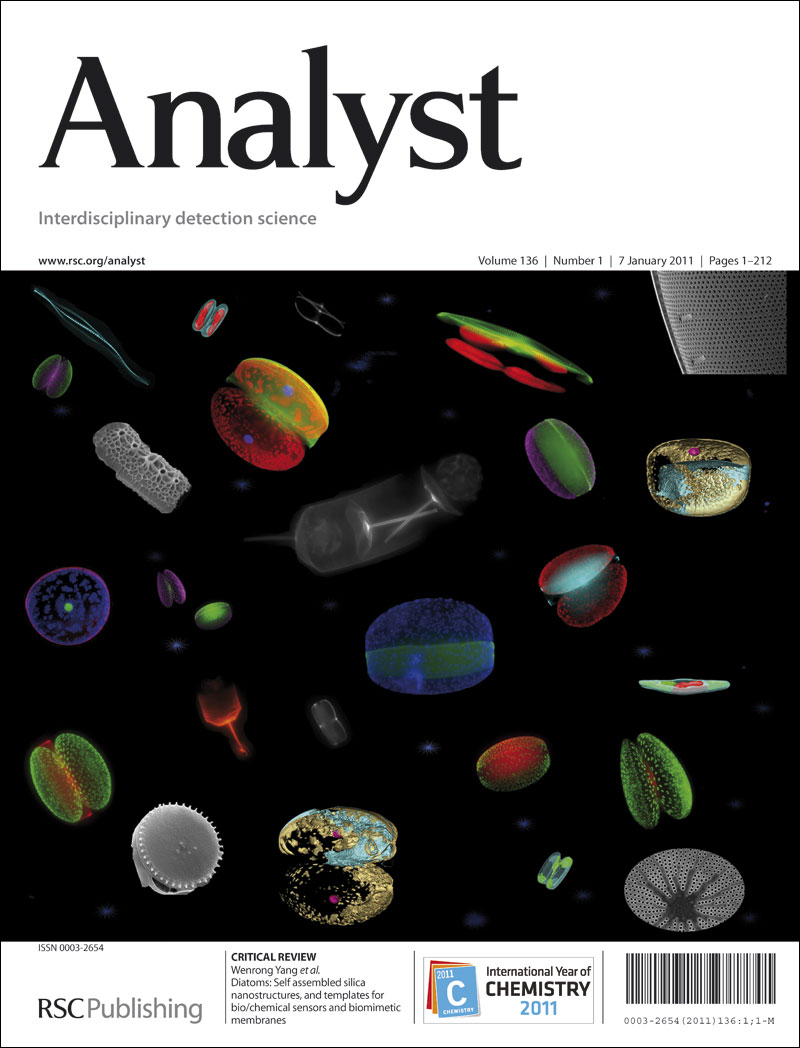微波辅助皂化条件测定油脂中矿物油碳氢化合物的研究进展
IF 3.3
3区 化学
Q2 CHEMISTRY, ANALYTICAL
引用次数: 0
摘要
食用油脂中矿物油饱和(MOSH)和芳烃(MOAH)碳氢化合物的分析通常包括皂化,然后是液-液萃取。官方的ISO 20122:2024方法显示出局限性,特别是由于MOAH内部标准(ISs)的回收率不一致,从而影响了定量准确性。先前开发的微波辅助皂化/提取(MASE)方法通过优化溶剂组成提高了IS的回收率一致性,但证明在原始条件下(60 °C, 30 min)无法完全皂化某些油(例如特级初榨橄榄油,氢化脂肪)。本研究对皂化工艺参数进行了重新优化,并通过剩余脂肪的重量控制和ISs比的评估进行了验证,ISs比理想值为1.00。最终条件(120 °C, 20 min)确保了具有不同成分和熔点的各种脂肪和油的完全皂化。ISs比率始终比ISO方法更接近1.00,尽管矩阵相关偏差仍然存在。这些影响与油的脂肪酸分布有关,脂肪酸分布影响皂化过程中形成的肥皂的性质,进而影响提取过程中MOAH ISs的分配。本文章由计算机程序翻译,如有差异,请以英文原文为准。
Update on the microwave-assisted saponification conditions for mineral oil hydrocarbons determination in fats and oils
The analysis of mineral oil saturated (MOSH) and aromatic (MOAH) hydrocarbons in edible fats and oils typically includes a saponification followed by liquid–liquid extraction. The official ISO 20122:2024 method has shown limitations, particularly due to inconsistent recoveries of MOAH internal standards (ISs), which compromise quantitative accuracy. A previously developed microwave-assisted saponification/extraction (MASE) method improved IS recovery consistency through optimized solvent composition but proved insufficient to fully saponify certain oils (e.g., extra virgin olive oil, hydrogenated fats) under its original conditions (60 °C, 30 min). In this study, saponification parameters were reoptimized and validated by gravimetric control of residual fat and evaluation of ISs ratios, which are ideally 1.00. The final conditions (120 °C, 20 min) ensured complete saponification across a wide range of fats and oils with varying compositions and melting points. ISs ratios were consistently closer to 1.00 than with the ISO method, although matrix-dependent deviations persisted. These effects correlated with the fatty acid profiles of the oils, which affect the properties of the soaps formed during saponification and, in turn, the partition of MOAH ISs during extraction.
求助全文
通过发布文献求助,成功后即可免费获取论文全文。
去求助
来源期刊

Analyst
化学-分析化学
CiteScore
7.80
自引率
4.80%
发文量
636
审稿时长
1.9 months
期刊介绍:
"Analyst" journal is the home of premier fundamental discoveries, inventions and applications in the analytical and bioanalytical sciences.
 求助内容:
求助内容: 应助结果提醒方式:
应助结果提醒方式:


